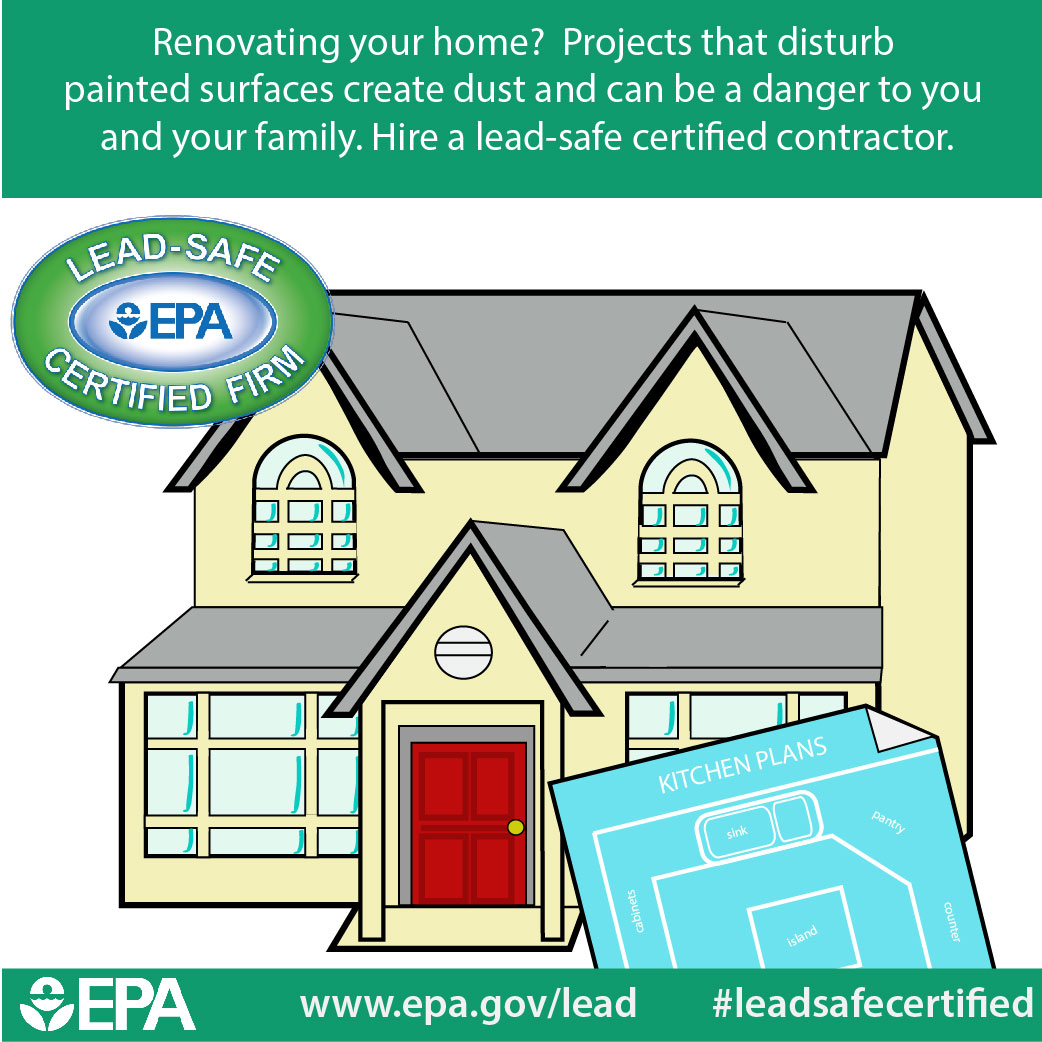Crucial Seasonal Aspects Of Commercial Exterior Paint: What You Ought To Understand
Crucial Seasonal Aspects Of Commercial Exterior Paint: What You Ought To Understand
Blog Article
Published By- straightline painting ames iowa
When you're preparing a business outside painting job, seasonal elements can make or damage your outcomes. You'll intend to consider how temperature level and humidity influence paint application and drying times. Choosing the appropriate period can guarantee your paint sticks correctly and lasts longer. But which seasons are truly the most effective for this sort of job? Let's explore the crucial elements that can impact your project's success.
The Impact of Temperature on Paint Application
When you're intending a business outside painting project, the temperature level can significantly influence how well the paint adheres and dries.
Preferably, you wish to repaint when temperature levels range in between 50 ° F and 85 ° F. If it's too cool, the paint may not cure correctly, leading to concerns like peeling or fracturing.
On the other side, if it's as well warm, the paint can dry as well rapidly, preventing correct bond and resulting in an unequal surface.
You should likewise think about the time of day; morning or late afternoon offers cooler temperatures, which can be extra desirable.
Always inspect the maker's suggestions for the specific paint you're using, as they usually supply advice on the excellent temperature level range for ideal outcomes.
Moisture and Its Effect on Drying Times
Temperature isn't the only ecological aspect that influences your commercial exterior paint task; humidity plays a considerable function as well. High humidity degrees can decrease drying times dramatically, influencing the overall quality of your paint job.
When the air is filled with dampness, the paint takes longer to heal, which can bring about issues like inadequate adhesion and a greater threat of mildew development. If you're repainting on a specifically moist day, be planned for extended delay times in between coats.
It's essential to keep track of local weather conditions and strategy as necessary. Ideally, aim for moisture levels in between 40% and 70% for ideal drying.
Keeping these factors in mind guarantees your task stays on track and delivers a lasting surface.
Best Seasons for Commercial Outside Painting Projects
What's the very best time of year for your commercial exterior paint tasks?
Spring and early autumn are typically your best options. Throughout these periods, temperature levels are mild, and humidity degrees are usually reduced, producing excellent conditions for paint application and drying.
Stay clear of summertime's intense heat, which can create paint to dry too quickly, causing inadequate adhesion and finish. In a similar way, winter season's cool temperature levels can impede correct drying out and treating, risking the longevity of your paint job.
Aim for days with temperature levels in between 50 ° F and 85 ° F for optimum outcomes. Remember to inspect the neighborhood weather prediction for rain, as damp problems can destroy your job.
Planning around these aspects ensures your paint job runs efficiently and lasts longer.
Conclusion
Finally, planning your commercial external painting projects around seasonal factors to consider can make a significant difference in the end result. By scheduling work throughout the perfect temperature levels and moisture degrees, you'll ensure far better adhesion and drying times. Remember to watch on regional weather forecasts and select the right time of year-- springtime and very early loss are your best choices. Taking https://www.homesandgardens.com/interior-design/should-the-entire-house-be-painted-the-same-color will assist you attain a sturdy and professional surface that lasts.
